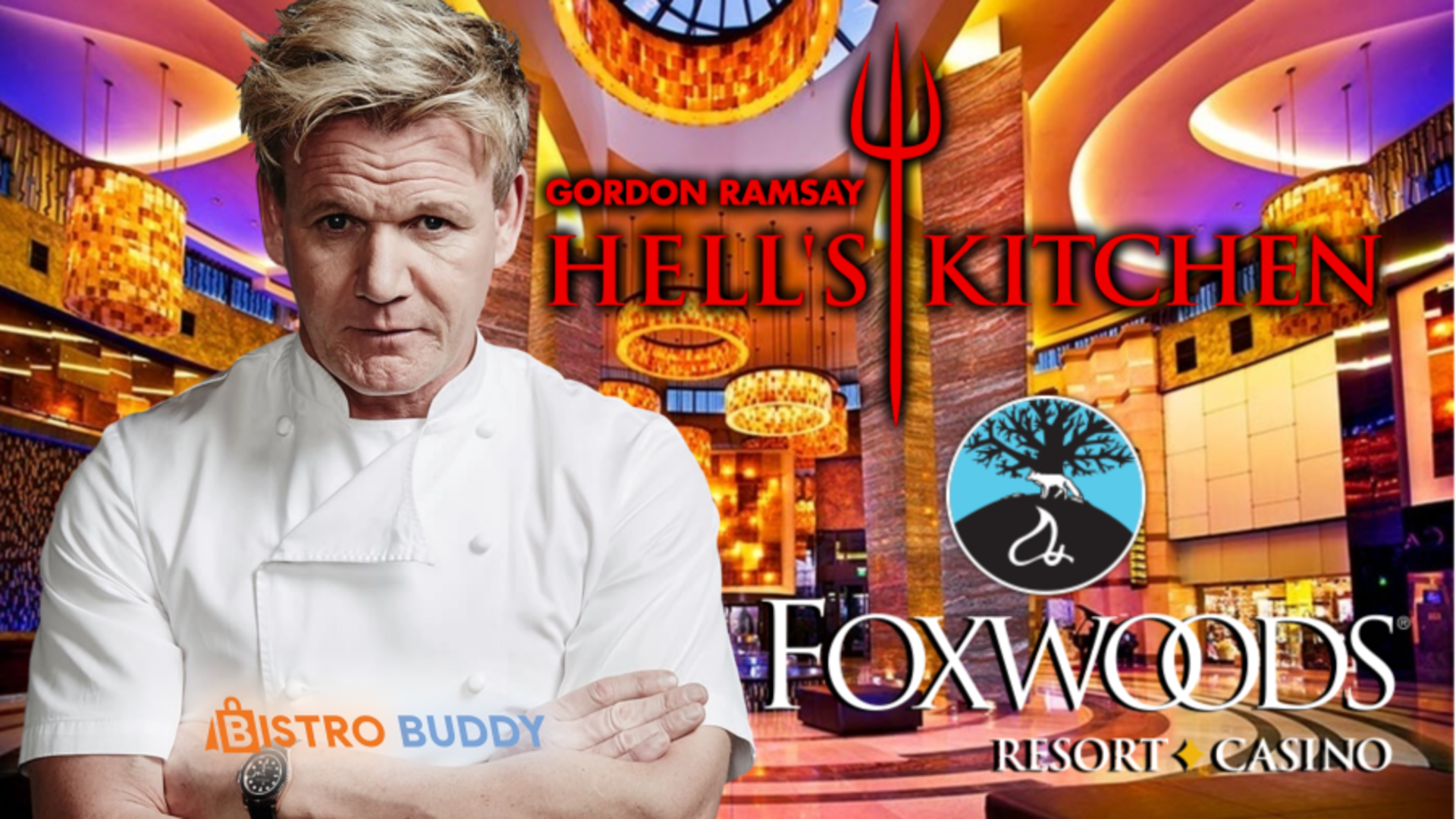Concept and History

The term “Hell’s Kitchen” originated in the mid-1800s to describe a notorious slum area on the West Side of Manhattan, New York City. The neighborhood was known for its poverty, crime, and violence, and was home to a large population of Irish immigrants.
The neighborhood’s name is said to have come from the many slaughterhouses and meatpacking plants that were located in the area. The stench and noise from these businesses made the neighborhood a particularly unpleasant place to live.
Historical Context and Evolution
Hell’s Kitchen was originally part of the Dutch colony of New Amsterdam. In the 17th century, the area was known as “Slaughterhouse Point” due to the presence of several slaughterhouses. After the British took control of New Amsterdam in 1664, the area became known as “Bloody Angle” due to the high crime rate.
In the 19th century, Hell’s Kitchen became home to a large population of Irish immigrants. The neighborhood was a major center of the city’s Irish community, and was known for its pubs, churches, and social clubs.
In the early 20th century, Hell’s Kitchen began to gentrify. The neighborhood became home to a more affluent population, and the crime rate began to decline. Today, Hell’s Kitchen is a vibrant and diverse neighborhood, with a mix of residential, commercial, and industrial uses.
Timeline of Key Events
- 1664: British take control of New Amsterdam and rename the area “Bloody Angle”.
- 1840s: The neighborhood becomes known as “Hell’s Kitchen”.
- 1850s: The neighborhood becomes home to a large population of Irish immigrants.
- 1920s: The neighborhood begins to gentrify.
- Today: Hell’s Kitchen is a vibrant and diverse neighborhood.
Cultural Significance: Hell’s Kitchen

Hell’s Kitchen has played a significant role in popular culture, appearing in numerous films, television shows, and literary works. Its gritty, crime-ridden reputation has made it a popular setting for stories about crime, violence, and redemption.
Portrayal in Film and Television, Hell’s kitchen
Hell’s Kitchen has been featured in countless films and television shows, including “West Side Story,” “Taxi Driver,” and “Daredevil.” These portrayals often depict the neighborhood as a dangerous place, filled with gangs, violence, and poverty. However, they also show the resilience and determination of the people who live there.
Cultural Impact
Hell’s Kitchen has had a major cultural impact on New York City and beyond. Its reputation as a dangerous neighborhood has led to its gentrification in recent years, as developers and residents have sought to capitalize on its unique character. The neighborhood is now home to a diverse population of artists, professionals, and families, and it has become a popular destination for tourists.
Modern-Day Hell’s Kitchen

Hell’s Kitchen, once known for its crime and poverty, has undergone a remarkable transformation in recent decades. Today, it is a vibrant and diverse neighborhood with a thriving economy and a growing population.
The neighborhood’s demographics have changed significantly over the past few decades. In the 1980s, Hell’s Kitchen was predominantly Irish and Puerto Rican. Today, it is home to a diverse population of young professionals, families, and immigrants from all over the world.
The neighborhood’s economy has also improved dramatically. Once a center of manufacturing, Hell’s Kitchen is now home to a mix of businesses, including restaurants, bars, and retail stores. The neighborhood is also a popular destination for tourists, who come to enjoy its many attractions, including the Intrepid Sea, Air & Space Museum and the Jacob K. Javits Convention Center.
The infrastructure in Hell’s Kitchen has also been improved in recent years. The neighborhood now has a new park, a new school, and a new library. The neighborhood is also well-served by public transportation, with several subway stations and bus lines.
Gentrification and Redevelopment
One of the most significant changes that has occurred in Hell’s Kitchen in recent years is gentrification. The process of gentrification began in the 1990s, when artists and young professionals began to move into the neighborhood. This led to an increase in property values and rents, which forced many low-income residents to leave.
The gentrification of Hell’s Kitchen has been a controversial issue. Some residents argue that it has made the neighborhood safer and more desirable, while others argue that it has displaced low-income residents and destroyed the neighborhood’s character.
Challenges and Opportunities
Hell’s Kitchen faces a number of challenges in the 21st century. One of the biggest challenges is the rising cost of housing. The median home price in Hell’s Kitchen is now over $1 million, which makes it difficult for many people to afford to live in the neighborhood.
Another challenge facing Hell’s Kitchen is the lack of affordable housing. The neighborhood has very few affordable housing units, which makes it difficult for low-income residents to find a place to live.
Despite these challenges, Hell’s Kitchen also has a number of opportunities. The neighborhood is well-located, with easy access to public transportation and major highways. It is also home to a number of businesses and attractions, which makes it a desirable place to live and work.
With its diverse population, thriving economy, and convenient location, Hell’s Kitchen is well-positioned to continue to grow and prosper in the 21st century.